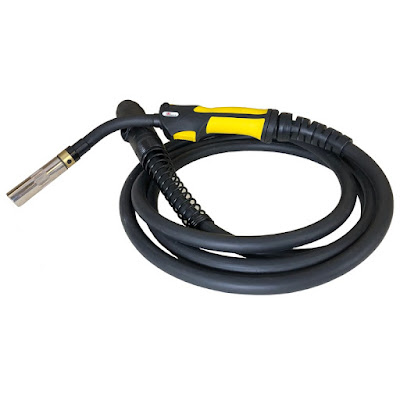The many uses of flux core MIG welder

Welding necessitates a particular set of skills, experience, knowledge and talent. Although there are various welding procedures, FCAW [flux core arc welding] is a popular method that is utilized by various industries. The flux core MIG welder finds its usage in industries such as heavy equipment repair, constriction, shipbuilding, structural steel erection etc. Unlike other processes, FCAW tends to work on all types of materials even if it is contaminated [barring contaminants like paint, water and oils]. How it works FCAW procedures entail the usage of a constant-voltage welding power supply, an incessant wire-fed electrode, and similar equipment utilized in MGA [metal active gas] welding. It occurs without or with shielding gas and is economical and productive compared to MAG welding. Owing to the penetrative properties and high deposition rates, the process is useful in welding over contaminated materials or outdoor welding. It does not require external shielding gas to prote...
